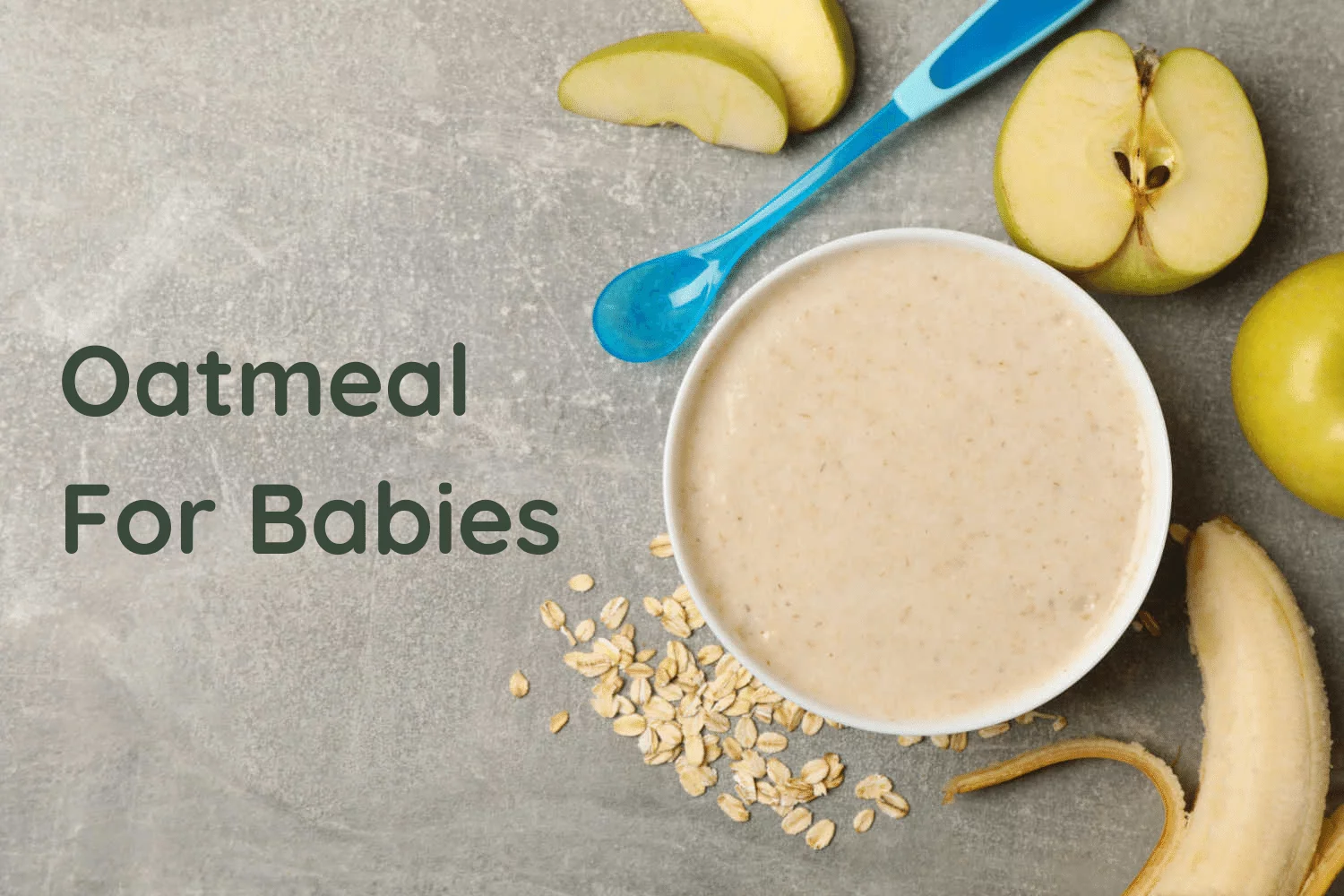
Rolling Over in Babies – When it Develops & How to Encourage
5 min readWritten by Editorial Team


After enjoying your baby’s first smile, turning your way while hearing your voice, and holding their favorite rattle, now you are probably waiting for their next milestone- mobility. Till now it was easy for you to handle your young one because they were lying down there patiently for your attention. You did not also have to think about their safety when leaving them alone in their room while going to get them something from the other room. Rolling over in babies is the next major milestone.
Once your munchkin starts rolling over, easy days are gone, and you must become more watchful and vigilant (which is going to continue all your life as a mother). Once your baby can hold their head steady and unsupported, you will be waiting for them to surprise you by starting to roll over. Naturally, lots of questions and doubts will arise during this period. In this article we cover many key issues related to rolling over in babies.
In This Article
- When Will My Baby Start Rolling Over?
- What Are The Signs of Rolling Over in Babies?
- How Can I Encourage my Baby to Roll Over?
- How Can I Help my Baby to Roll Over?
- When Should Parents Worry About Their Baby Not Rolling Over?
- FAQ’s
When Will My Baby Start Rolling Over?
Usually, babies start rolling over around 4 months. A little earlier and a little later in terms of months or weeks is totally normal. Roughly around 4 to 6 months you can expect rolling over in babies.
The whole process of rolling over in babies can be divided into three phases.
- Tummy to back: This will take place between 2 to 5 months
- Back to side: This will take place between 4 to 5.5 months
- Back to tummy: This will take place between 5.5 to 7.5 months
Stronger neck and hand muscles and upper body strength are the factors which make the baby roll over. This can be achieved by tummy time that you give your baby when they lift their head high and seek their arms’ support.
Arching the back, kicking the legs, and rocking on the stomach are some other stimulations that will help your baby develop the strength needed for rolling over.
Some babies’ first experience with mobility is rolling over, while others may graduate to crawling. This varies from one baby to another. So don’t worry if your baby is a little late to reach the milestone but your friend’s baby who is born on the same day can. As long as your little one is gaining new skills and growing at a healthy pace, you should not worry.
What Are The Signs of Rolling Over in Babies?

Anticipating and looking forward to your baby reaching their next milestone can be quite exciting. It can be an anxious period too if you are not sure when you can expect your baby to reach it. An understanding of the time frame for each of these milestones will reduce your anxiety and help understand your baby’s progress better.
Here are some of the signs that your baby is getting ready to reach the rolling over milestone. You will observe your baby
- Starting to lift their head more frequently during their tummy time.
- Kicking their legs into the air when lying on their back.
- Doing cycling movements with their legs when lying on their back
- Using their legs to lift their hips up
- Rolling from one side to another on their shoulders.
- Rolling hips from one side to another
How Can I Encourage My Baby To Roll Over?

Here are a few pointers for parents who wish to encourage their babies to roll over.
1. Tummy Time
The most effective way to help your baby to roll is to give them ample tummy time which will help strengthen their muscles.
2. Applause
Your baby’s first roll over will be a surprise to both you and them. So, give them a cheer or a clap to let them know he has done a positive thing.
3. Give Them Loads of Practice
Once your baby starts rolling effortlessly you should encourage them to roll in both directions. This will help develop muscle strength equally on both sides of the body. For this, you can place their favorite toy out of reach on both sides alternatively and ask them to reach it. When they manages to roll towards it, applaud his effort.
Remember, your baby needs your assurance because this new game can be quite alarming for them. Read more in detail about Tummy times for babies here.
How Can I Help My Baby to Roll Over?

Here are a few tips for parents who wish to help their baby with the rolling over milestone.
1. Watch Your Little One For Readiness
Watch your young one for the following signs when he is lying on his tummy
- Lifting head up
- Reaching for the toys
- This signals that your little one’s back and neck muscles are strong enough for the next milestone
2. Allow Your Baby to Have Sufficient Tummy Time
Tummy time plays an important role in developing the major motor skills of your baby. For arching against gravity and eventually, rolling over, the strengthening of their neck and back muscles is necessary. So, making your baby practice being on their tummy very is very important because it will speed up the muscle development as they try to lift their body and head up.
3. Minimize The Time Your Baby Spends in Baby Equipment
Allowing your baby to spend the majority of their waking hours in baby equipment such as baby swings and bouncer chairs will prevent them from practising their new motor skill.
When Should Parents Worry About Their Baby Not Rolling Over?
Babies develop skills at their own rate. So don’t compare your baby’s development with another baby and start to worry. If your baby was born prematurely (that is before 37 weeks of pregnancy), they will experience delays in reaching milestones which is normal. It is seen that some babies skip the hang of rolling altogether (can you believe it!) and go ahead with crawling and sitting up. You should talk to your pediatrician if your baby
- Is not able to hold head steady at about 6 Months
- Is not trying to reach for the objects
- Hasn’t moved on to sit at 6 months of age
Once your baby starts to attempt rolling over, never ever leave them unattended, even for a few seconds in the bed, changing table or any other high surfaces because we can’t predict when the first rolling over will happen.
Developmental Milestone: Grasping – Click here
FAQ’s
1. Is Rolling Over a Milestone For Babies?
Yes, rolling is one of the major milestones for a baby. It lays the foundation for their further movement milestones such as crawling, sitting, standing and walking.
2. What is Delayed Rolling?
Some babies may not be able to reach their rolling milestones during the expected time frames. While some delay of a couple of weeks is common, if there is too much delay, you may need to get your baby evaluated for developmental delays.
3. Which Way do Babies Roll First?
Most babies find it easier to roll from their stomach to their back and this is the most common way of rolling in babies. Some babies do roll from their back to stomach though, and these instances are not uncommon.

Editorial Team,
With a rich experience in pregnancy and parenting, our team of experts create insightful, well-curated, and easy-to-read content for our to-be-parents and parents at all stages of parenting.Read more.
Responses (0)
Want curated content sharply tailored for your exact stage of parenting?
Related articles

Dravet Syndrome in Babies – Causes, Symptoms, and Treatment

Pregnancy Passions: Rediscovering Intimacy on the Parenthood Journey

Head Banging in Babies – Is it Normal and How To Deal With It?

Acrocyanosis in Newborns – What is it, Causes and Symptoms

Oatmeal For Babies – When to Introduce, Benefits and How to Feed

Postpartum Insomnia – Causes, Symptoms and Ways to Prevent
Sponsored content
Discover great local businesses around you for your kids.
Get regular updates, great recommendations and other right stuff at the right time.





